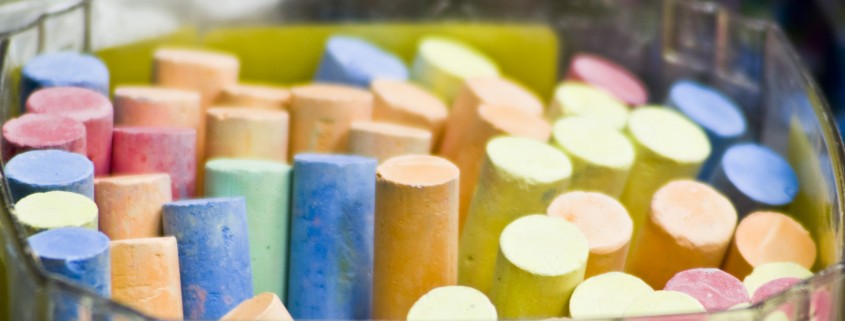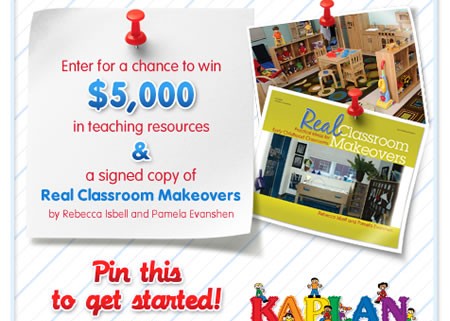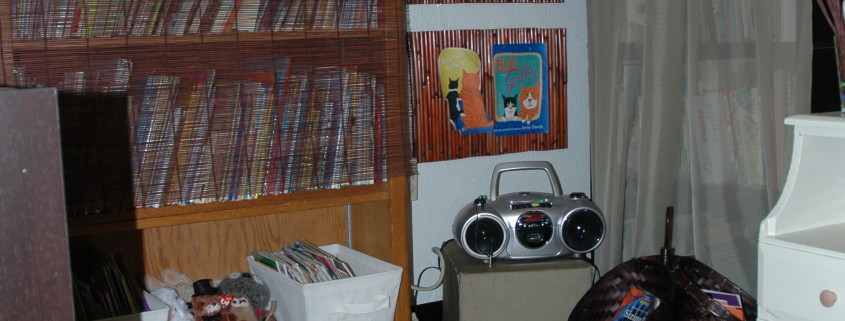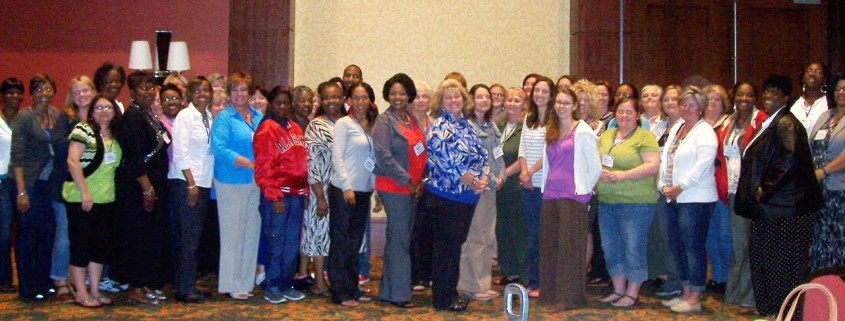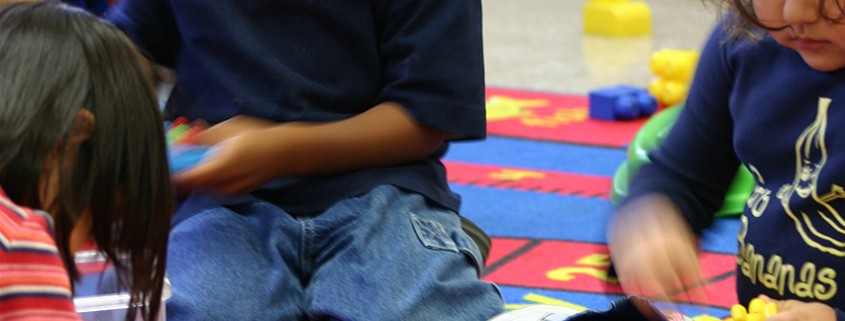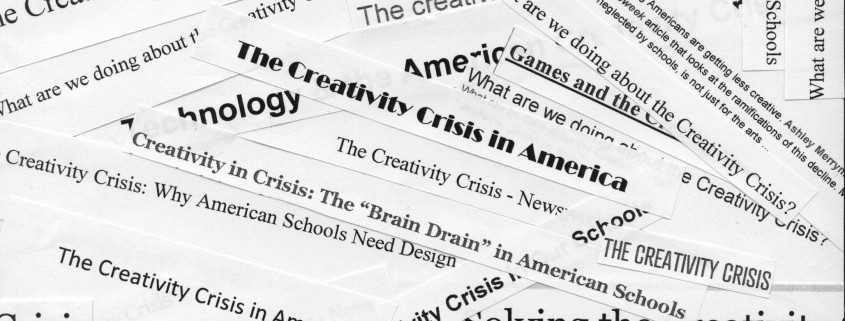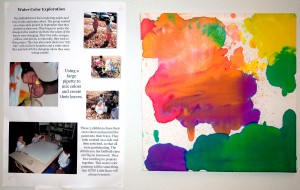As 2013 begins we make many resolutions, sometimes the same ones we made last year. Some of mine include: lose weight, exercise more, and eat more chocolate. But this year, let’s make some resolutions that relate to making our classroom a marvelous place for you to live with your children. I have identified 13 ideas, some you may already be doing, others might be new possibilities for you to implement.
13 ideas for my 2013 classroom:
1. Add a new book with a tape or compact disc of you reading the story to the library area.
2. Make photos of each of your children and display them in a prominent place for everyone to enjoy. This builds a sense of community and belonging to the group.
3. Include a new learning center that you have never used before. A camping center, a restaurant, or garage sale/flea market may match the experiences and interest of your children.
4. Tell a story to your class. This can be a personal story about your childhood or a story that you have always loved. Nothing builds relationships like hearing a story told by a special person.
5. Each day provide a supportive comment to a child or children who are working together or sharing a material. Catch them being cooperative.
6. Ask a parent or grandparent to come to your classroom as a special guest. They can share a story, song, or recipe. Your children will appreciate their contributions and build relationships with others.
7. Try an art project that you have never done with the children. This will challenge both you and your children’s creativity.
8. Add an unusual item to the sand/water table for the children to discover and explore. Some examples: a clear plastic bottle with a small hole in the bottom, an egg beater, expanding sponges, or smooth glass stones used in flower arrangements.
9. Encourage girls to participate in the block area more. Both boys and girls benefit from building, problem solving, collaborating, and appreciating the work of others.
10. Bring a mystery item to circle/community time, preferably something the children may not have seen or experienced. Ask open-ended questions that will inspire thinking. For example, “Can you think of a way to use this?” “What if it was bigger or smaller?” “What would you name it?” Conclude with, “One use and name the inventor came up with was _____.”
11. Find a new writing tool for the writing/author center. Some interesting suggestions might be: a small sponge painting brush, a hole puncher, charcoal, or plastic gloves (using the finger as the tool).
12. Dramatize a familiar story like “Three Billy Goats Gruff” or the “Enormous Turnip.” Children can choose the role they want to play and some can be in the audience. Do it again and let others participate. Learning to speak and react with others is a skill we all need to develop.
13. I saved the hardest for last: declutter an area in the classroom. Start small, perhaps home living, the art area, or a storage space. You will be amazed at the things you find, and the things that you can give away.
Share with me some of the resolutions you are making about your classroom environment. You have such great ideas; I am looking forward to hearing about them!

